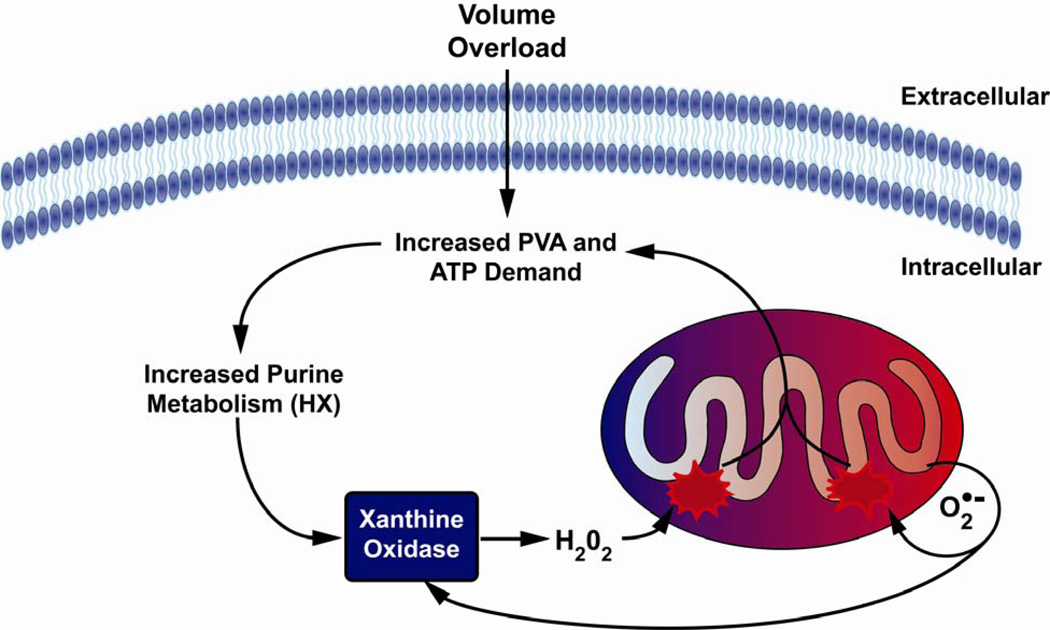Figure 9. Increased xanthine oxidase activity leads to mitochondrial dysfunction in the VO heart.
The increase in pressure volume area (PVA) in VO leads to increased usage of ATP for energy, resulting in increased levels of ADP and AMP. ADP and AMP are then degraded into hypoxanthine (HX) via purine catabolism. XO reacts with HX forming superoxide (O2˙-) as a byproduct, which damages mitochondria, leading to bioenergetic dysfunction. O2˙- damages respiratory chain complexes either directly or through interactions with NO, generating peroxynitrite which elicits diverse deleterious effects on the mitochondrion. Collectively, this causes increased electron leak to form more ROS and decreased ATP production. An increase in ROS/RNS and decrease in ATP production feed back into the cycle causing further mitochondrial damage resulting in LV dysfunction.

